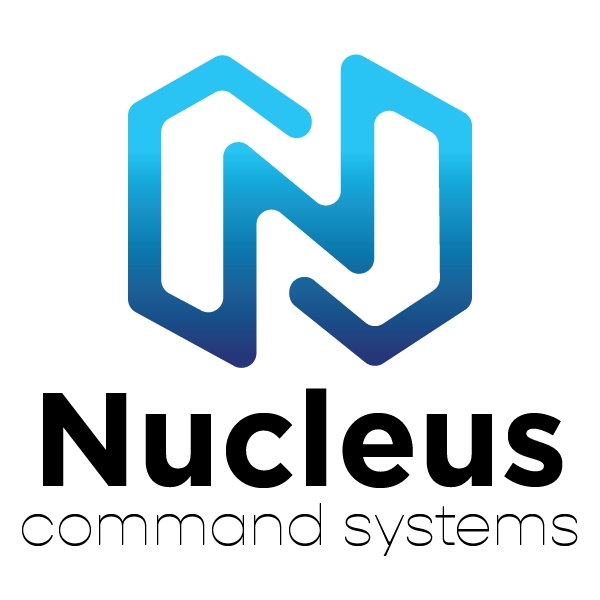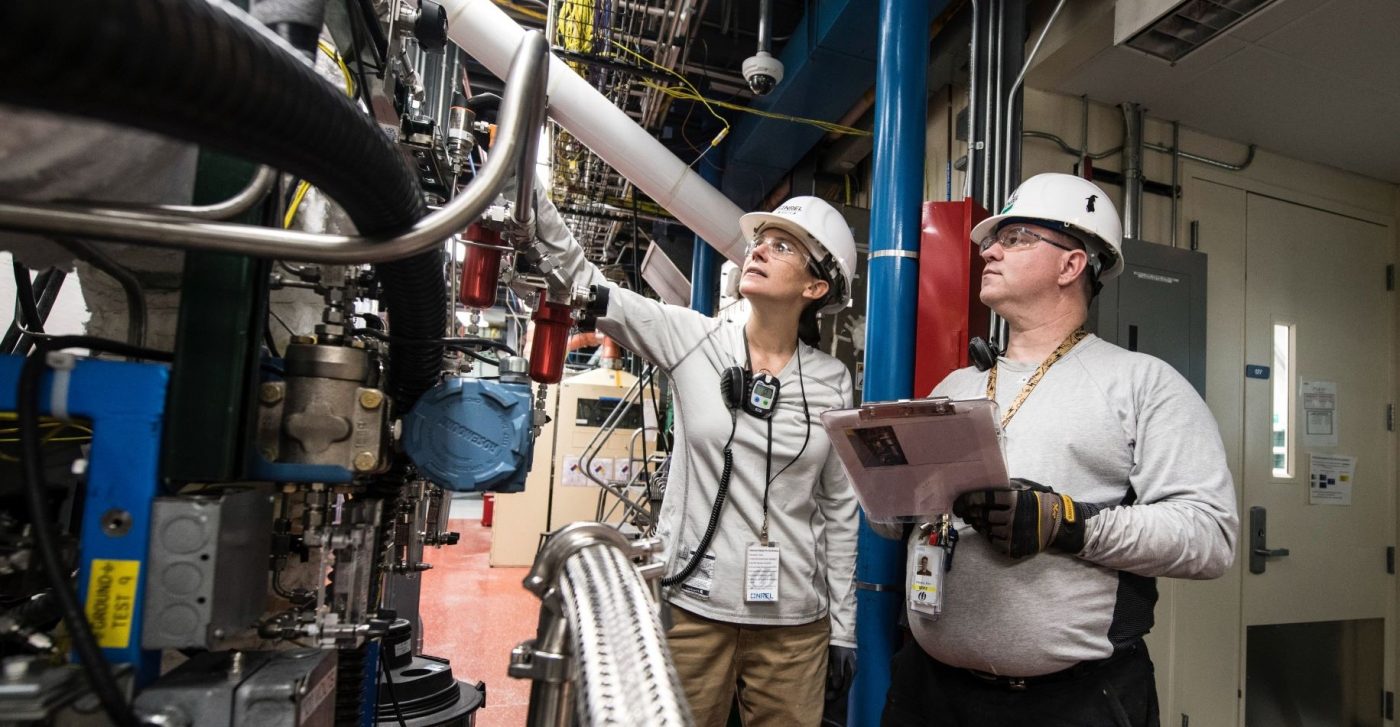In the industrial automation software industry, there is one thing as sure as zeros and ones: At some point your operation will need to update its system and choose a new HMI/SCADA software system.
The reasons for installing a new SCADA system are many. Sometimes your operation has outgrown an existing product, or the SCADA product you are using has stopped being supported by the manufacturer. Or maybe there is specific functionality needed that your current system doesn’t adequately provide. Each application presents its own unique set of challenges and software development and managements costs.
Yet whatever the motivation by an integrator or engineering team to replace an existing SCADA system with a new one, there are some essential questions one must make before choosing a new software package to control and monitor your system. Here are what we have identified as three of the most essential of them:
- Does the software do everything I need it to do to fulfill the system needs of the client? This is a huge issue. Believe it or not, there are developers who start building control systems before even considering whether the HMI/SCADA product is the best one for the job. Yes, system integrators, like many professionals, can be creatures of habit and often stick with the one or two automation software systems they typically use. But with so much innovation happening and new products with new features coming onto the market, it is more important than ever to do your homework before choosing a default software out of habit. For example, your project might require the ability to perform real-time historical playback, or to easily run simulations during development, or the customer might require that a certain color flash for various alarms on the HMI in a specific way. Perhaps your system requires the highest level of security to protect itself from cyber attacks targeting vulnerable SCADA systems. SCADA software developers can save themselves a lot of time and effort by doing their homework before making a software match not made in heaven.
- Is the price package of the SCADA software the best value in the short and long term? In today’s economic reality in which cost is a vital consideration, it is imperative to evaluate the details of the pricing packages offered by different SCADA programs. To start, you should estimate the number of individual I/O tags for your project that will run on the server. Many SCADA products charge significantly more as more tags are incorporated in your system. You should also determine the estimated Development Runtime and Runtime needs for your project and what the product costs are associated with each. Another important price consideration is the cost of technical support and software upgrades. The support options are vital, as there can be hidden costs associated with multi-tier pricing models as opposed to flat-rate support pricing. One line item you typically won’t see on a SCADA software’s price sheet might be one of the most important cost considerations: Reliability. For example, there may be a SCADA software that allows you to quickly and cheaply develop a control system, but if the system has bugs or other problems requiring constant fixing and attention, there can be significant extra costs down the road. “You need to ask how much time you’re going to need just to maintain the system and how reliable it is overall,” says Mike Kirk, Director of Software Engineering for Nucleus Command Systems. “Reliability is part of the cost.”
- Does the software offer all the necessary graphical development tools and features? Most clients across all industries tend to be looking for a system that has a very simple, straightforward look and that displays easily all the processes in a user-friendly manner. Some clients require background screens that are black so that red and green graphics will display more readily. Or they might need various elements to flash or rotate or animate in a certain way that is specific to their industry. Clients inevitably want some aspect of a “wow” factor in the visual development and presentation. There are instances where it is essential that a system allows for the ability to import unique graphics that can be manipulated.
When weighing the pros and cons of a SCADA software, it is vital to consider the immediate and long-term implications of your decision. It is thus recommended that integrators examine all their options and, rather than just default choose SCADA packages with which they have worked in the past, explore new and existing products that might actually be the best fit for your automated control system.
Nucleus Command Systems offers a groundbreaking SCADA software solution that includes a range of unique features and custom services. Learn more at www.nucleuscommand.com.

